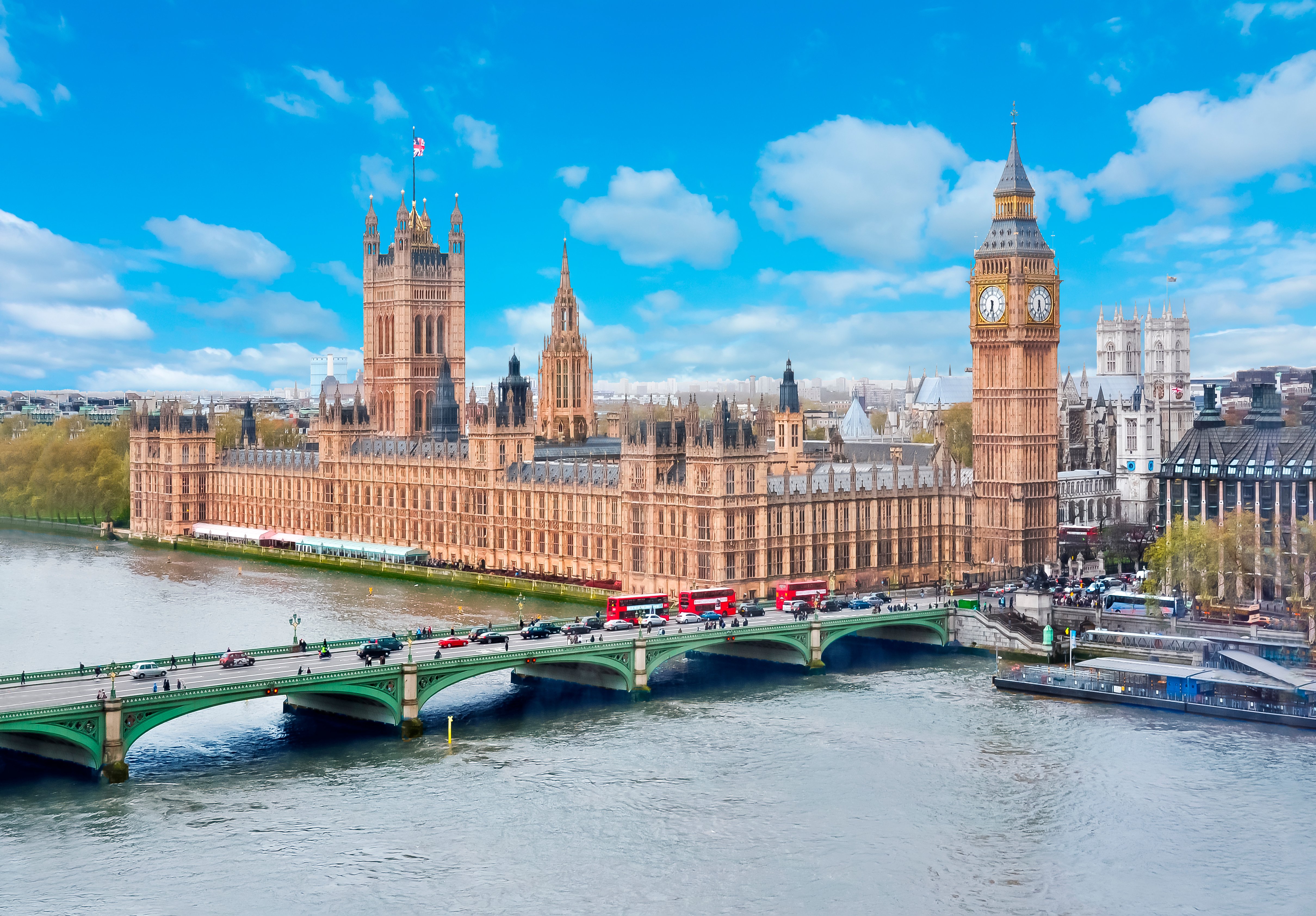The pre-legislative phase: How is policy made in the UK?
by Matthew Niblett on 24 Aug 2023
This is one of a series of blogs on how public policy is made in the UK. In this first blog, we look at how policies are created and what happens before they are brought to Parliament as a legislative bill.
The genesis and development of policy
There are many routes to the introduction of legislation. Many policies start life as commitments in political parties’ general election manifestos. The manifesto is a document which informs voters about a party’s policies and guiding principles. Manifestos are written by people within the party, sometimes with the help of prominent think tanks which are ideologically aligned with a particular party. For example, Robert Colville, the Director of the right of centre think tank Centre for Policy Studies, co-wrote the 2019 Conservative manifesto.
The government does not usually go straight from a manifesto commitment to a draft piece of legislation. In fact, there are often several steps in between.
Many policies begin life as part of a government strategy. In a strategy document, the government will outline what it wants to achieve in a specific policy area. If government wants a better understanding of a certain issue, it may publish a call for evidence to gather feedback from businesses and other interested parties. For example, the Department for Education is currently seeking views on the use of generative AI in education. A call for evidence is an important opportunity for those affected by policy to have their say; once a call for evidence has closed, the government will normally review the responses before articulating its next steps.
Often, parliamentary select committees will also hold inquiries on issues which the government is looking at. Select committees publish reports with policy recommendations to which the government normally responds by convention. Alongside government consultations, select committee evidence sessions are opportunities for companies and other stakeholders to get their perspective on a given issue on the record and to influence the debate.
Once the government has a clear direction of travel in mind, it may publish a white paper outlining its proposed approach. A white paper will normally articulate a clear vision and any consultation on a white paper will ask for feedback on specific proposals. This is different to a call for evidence, which will generally ask open questions on a particular topic.
As part of this process government will meet with stakeholders, both via formal groups and also via informal bilateral meetings. This engagement allows government officials to gather feedback on their proposals from businesses and other interested parties and allows those affected by the proposals to share their perspectives.
From policy to legislation
Once the relevant government department has a fully-developed policy, it is time to legislate. In each parliamentary session (normally lasting about a year), the government has a legislative programme, a plan of the bills it will ask Parliament to consider in that session.
To get a bill into the legislative programme, the relevant department must submit a bid to the Parliamentary Business and Legislation (PBL) Committee of the Cabinet. The committee considers all bids and makes a recommendation on the content of the programme to the Cabinet.
The programme is announced during the King’s Speech, the state opening of Parliament. Bills do not need to be in the King’s Speech to be considered by parliament. For instance, the recently-passed Illegal Migration Bill did not feature in the 2022 Queen’s Speech. In this case, the government believed that the issue the bill sought to address was pressing, and therefore introduced the bill.
Once a bill has been given a slot in the legislative programme, the department will convene a bill team to coordinate its preparation and passage through parliament. Officials prepare policy instructions for departmental lawyers, who in turn give instructions to the Office for Parliamentary Counsel to draft the bill. Departmental lawyers and policy officials collaborate to discuss drafts and provide comments to the drafters.
A final or near-final draft must be cleared by the PBL Committee before it can be formally introduced to Parliament. Particularly complex or controversial bills sometimes go through pre-legislative scrutiny. In pre-legislative scrutiny, a draft bill is examined by a committee of parliamentarians before being formally introduced. The committee will sometimes hold evidence sessions with witnesses and issue written calls for evidence to gather feedback on the draft. At the end of the evidence-gathering process, the committee will issue a public report with recommendations for improving the bill to which the government must respond.
Case study
The Online Safety Bill is a good illustration of the points made above. The origins of the Online Safety Bill can be found in the government’s response to its Internet Safety Strategy. In this response, the government committed to publishing a white paper looking at increasing the liability of social media platforms for illegal and harmful content.
The Online Harms White Paper was published in 2019 and proposed a statutory duty of care for internet companies which would be overseen and enforced by an independent regulator. The government responded in full to the consultation on the white paper in December 2020, confirming its intention to introduce a duty of care through an Online Safety Bill.
The government included a draft Online Safety Bill in the Queen’s Speech of May 2021 and a joint committee featuring members of both the House of Commons and the House of Lords was formed to scrutinize the bill in July of the same year. The government responded to the committee’s report in March 2022 and incorporated 66 of its recommendations. The bill was then brought to the House of Commons.
Conclusion
There are often many steps between the government deciding to legislate on a particular issue and a piece of legislation being brought to Parliament. During each of these steps there are opportunities for businesses to engage with the government and policymakers and try to influence the direction of travel. Inline helps companies to do this by monitoring and analysing government outputs, facilitating dialogue between companies and government, and crafting company messaging to achieve their desired outcomes.
Our next blog in this series will look at what happens once a bill reaches Parliament. In the meantime, if you have any questions, please get in touch with matthew.niblett@inlinepolicy.com.
Topics: UK politics, Matthew Niblett, Regulation






Comments